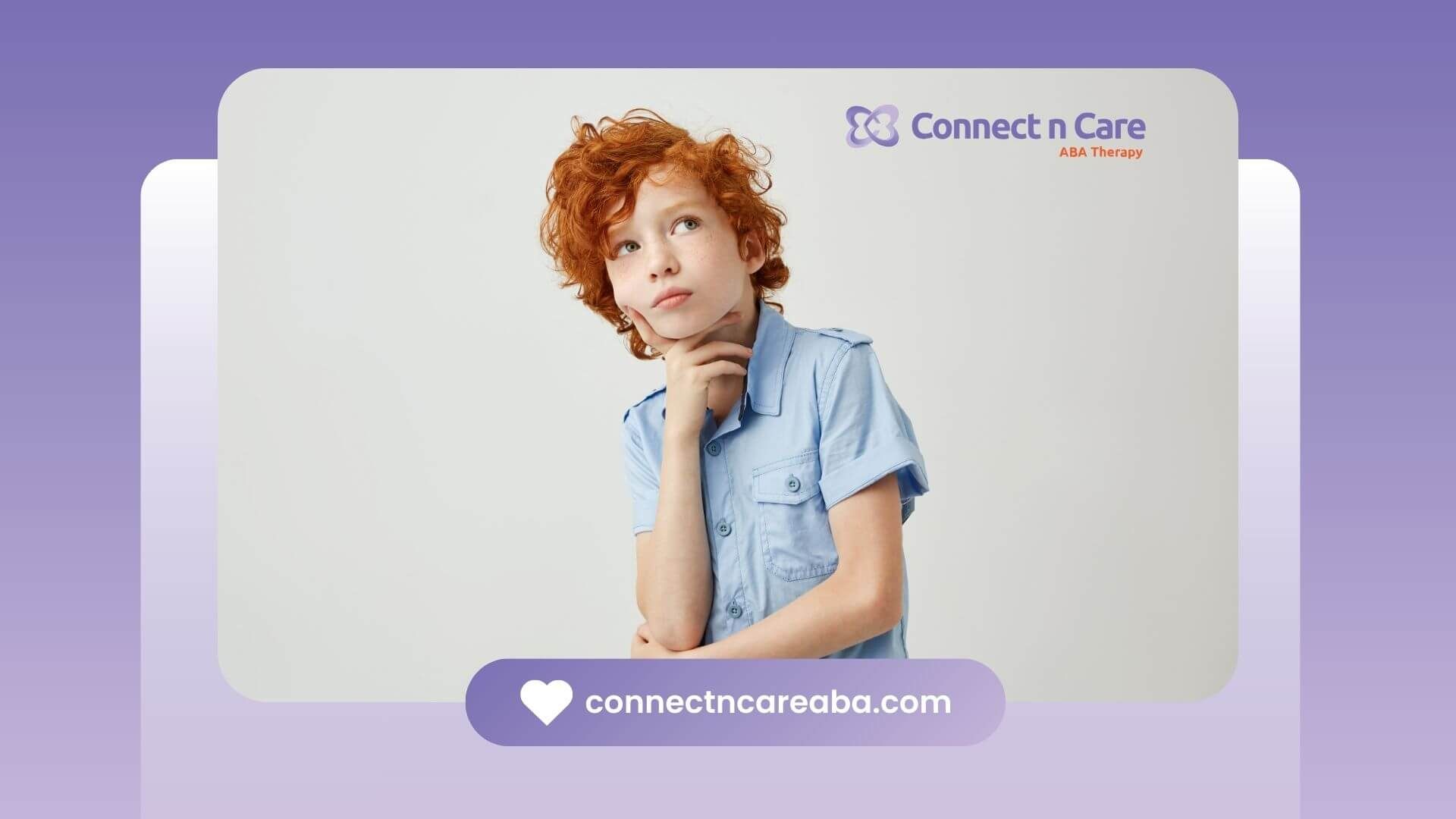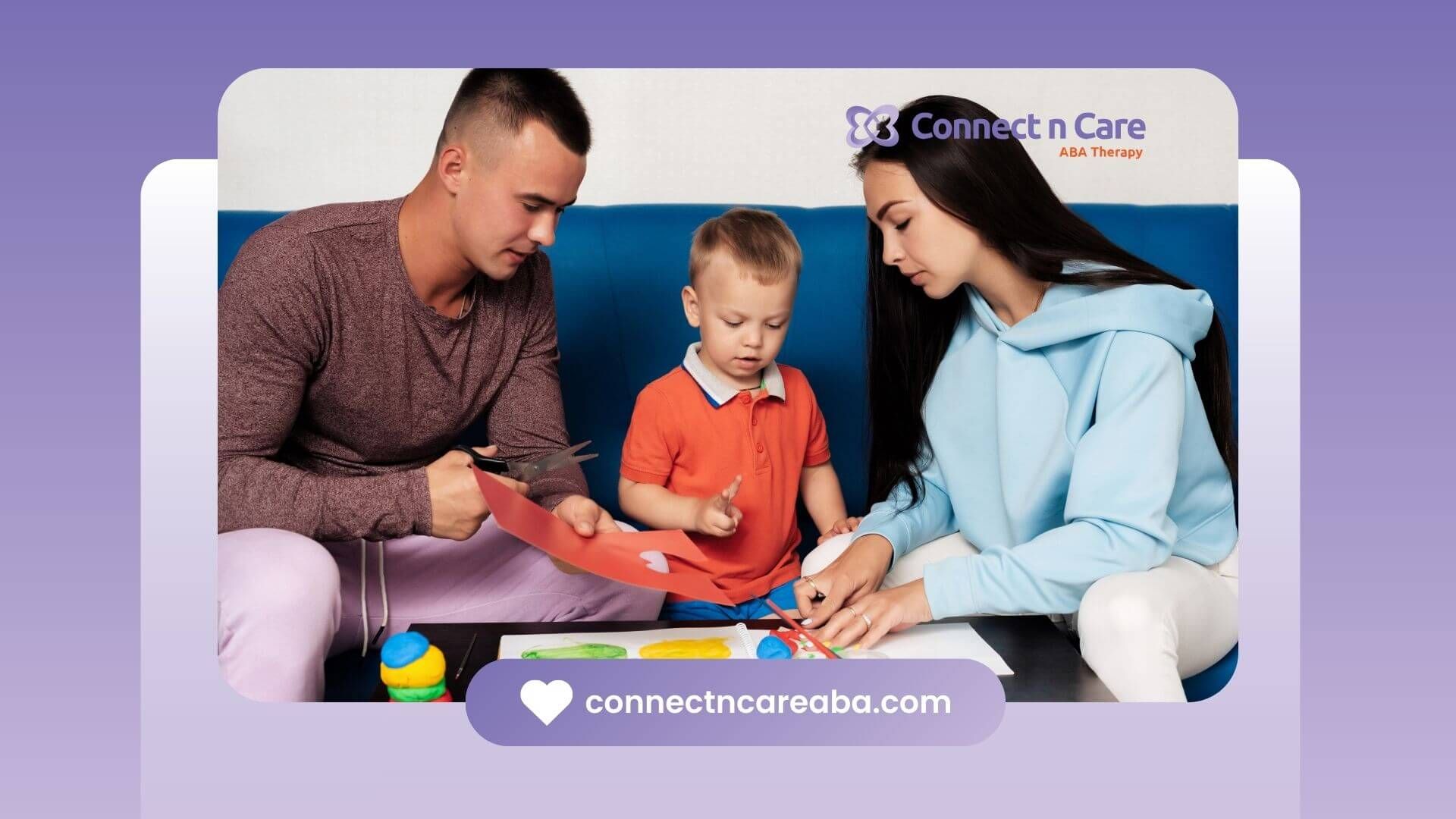In the world of Applied Behavior Analysis (ABA), stimulus control transfer is a central component of behavioral intervention. What exactly does this term mean, and why is it critical in ABA practices? In this article, we will outline the meaning of of transferring stimulus control and explore its practical applications.
What is Stimulus Control Transfer in ABA?
In the realm of ABA, stimulus control transfer refers to the process in which control of a behavior by one stimulus is transferred to a new stimulus. Essentially, this means that a behavior that initially occurs in response to one stimulus starts to occur in response to another stimulus, after undergoing specific training procedures.
In practice, consider the scenario of teaching a child to tie their shoelaces. Initially, the child might only tie their shoelaces in response to a direct verbal instruction, like "Tie your shoes." However, with proper training and stimulus control transfer procedures, the child might eventually learn to tie their shoelaces in response to seeing an untied shoelace, without needing any verbal prompt.
What is an Example of a Stimulus Control Transfer?
To better understand stimulus control transfer, here’s an illustrative example. Imagine a child is being taught to identify a cat in a picture. At the beginning of the training, the instructor points to a picture of a cat and says, "This is a cat." After repetition, the child learns to say "cat" every time the instructor points to the picture. As the next step, the instructor might hold up the picture without pointing and wait for the child to say "cat." The control has now shifted from the combined stimulus of pointing + picture to just the picture alone.
What are the 3 Types of Procedures to Transfer Stimulus Control?
The procedure to transfer stimulus control can vary based on the needs of the individual and the specific behavior being taught. Generally, ABA professionals recognize three primary procedures:
1. Prompt and Fading:
This involves introducing a stimulus with a prompt that guarantees a correct response. Gradually, the prompt is faded until the behavior is under the control of the natural stimulus. Using the cat picture example, the pointing gesture would be the prompt, which is then faded to let the picture alone serve as the stimulus.
2. Delayed Prompting:
In this procedure, a stimulus is presented, and after a set delay, the prompt is provided. The delay gradually increases until the learner responds correctly without needing the prompt.
3. Stimulus Fading:
Here, an irrelevant stimulus (which initially helps the learner give the correct response) is gradually faded out, transferring control to the relevant stimulus. For instance, if teaching a child to read the word "cat," the letters might initially be paired with pictures of a cat. Over time, the pictures are faded, leaving only the letters.
What are the Four Ways to Transfer Stimulus Control?
Apart from the above procedures, there are also other recognized methods to transfer stimulus control:
1. Prompt Fading:
This involves gradually reducing the strength or intensity of a prompt until the target behavior can be evoked by the target stimulus alone.
2. Prompt Delay:
Similar to delayed prompting, this method involves introducing a delay between the presentation of the target stimulus and the delivery of the prompt.
3. Stimulus Shaping:
In this approach, slight modifications are made to the stimulus itself over successive trials until the final desired stimulus is reached.
4. Stimulus Prompting:
Here, additional stimuli (like gestures or visual cues) assist the learner in making a correct response. These additional stimuli are eventually removed, ensuring that the desired behavior occurs in response to the target stimulus.
The Importance of Stimulus Control Transfer in ABA
Understanding and implementing stimulus control transfer is more than just a theoretical exercise—it's a foundational component of effective ABA practices. This is because real-world situations rarely present in exactly the same manner as controlled therapeutic settings. For skills and behaviors learned in therapy to be genuinely functional, they need to be generalizable to various contexts and stimuli. Transferring stimulus control ensures that a behavior or skill isn't rigidly attached to one specific cue, but can be evoked by multiple relevant cues in diverse situations.
Challenges in Stimulus Control Transfer
Like all therapeutic techniques, transferring stimulus control isn't without its challenges. One common challenge is the risk of prompt dependency, where an individual becomes overly reliant on a specific prompt and struggles to perform the desired behavior without it. This is particularly common in scenarios where prompt fading isn't executed effectively.
Another challenge is stimulus overselectivity, where an individual might become overly focused on a particular component of a complex stimulus, ignoring other relevant parts. For instance, a child might consistently respond to a female instructor's request but ignore the same instruction when given by a male instructor, perhaps because they've overselected a specific voice quality.
Real-world Implications of Stimulus Control Transfer
The successful transfer of stimulus control has profound real-world implications, especially for individuals with autism spectrum disorders and related conditions. A child might learn to communicate their needs in a therapy session with a specific therapist, but if that skill doesn't transfer to other adults, like parents or teachers, its utility is limited. By transferring stimulus control, we ensure that learned behaviors have a broader range and are adaptable to various real-life contexts.
Evolving Techniques in Stimulus Control Transfer
As ABA practices evolve, so do the techniques and approaches to transfer stimulus control. Recent advancements in technology, for example, have introduced virtual reality and augmented reality tools that can simulate various environments, making the process of stimulus control transfer more dynamic. Such tools can offer a bridge between structured therapeutic settings and the unpredictability of the real world, allowing for more nuanced and effective transfers.
Moreover, collaborative approaches that involve feedback from the individual undergoing therapy, their families, and other stakeholders can offer insights into the most effective stimuli and prompts, tailoring the transfer process to individual needs and ensuring more sustainable results.
Conclusion
Stimulus control transfer in ABA is not just a technical procedure—it's the bridge that connects therapeutic progress to real-world functionality. By understanding its nuances, challenges, and the ever-evolving techniques, ABA practitioners can better equip their clients to navigate the world around them, making meaningful, lasting changes in their lives.
Frequently Asked Questions
What is stimulus control transfer in ABA?
Stimulus control transfer in Applied Behavior Analysis (ABA) refers to the process of shifting control over a behavior from one stimulus to another. This typically involves teaching an individual to respond to a more appropriate or natural stimulus, instead of an artificial prompt, through a gradual fading process. It helps to promote independence and generalization of behaviors in different environments.
How does stimulus control transfer work in ABA therapy?
In ABA therapy, stimulus control transfer begins by using a prompt or cue (e.g., verbal, physical, or gestural) to elicit the desired behavior. Over time, the therapist systematically fades the prompt, allowing the behavior to be controlled by a more natural or relevant stimulus (like a situation or instruction). The goal is for the individual to perform the behavior independently without reliance on artificial prompts.
Why is stimulus control transfer important in ABA?
Stimulus control transfer is essential in ABA because it helps individuals generalize learned behaviors across different situations and environments. It encourages independence by teaching individuals to respond to natural cues rather than relying on artificial prompts, fostering long-term skill development and functional behavior.
Sources:
https://www.levelaheadaba.com/transferring-stimulus-control
https://www.autismspeaks.org/applied-behavior-analysis
https://www.levelaheadaba.com/blog/transferring-stimulus-control









